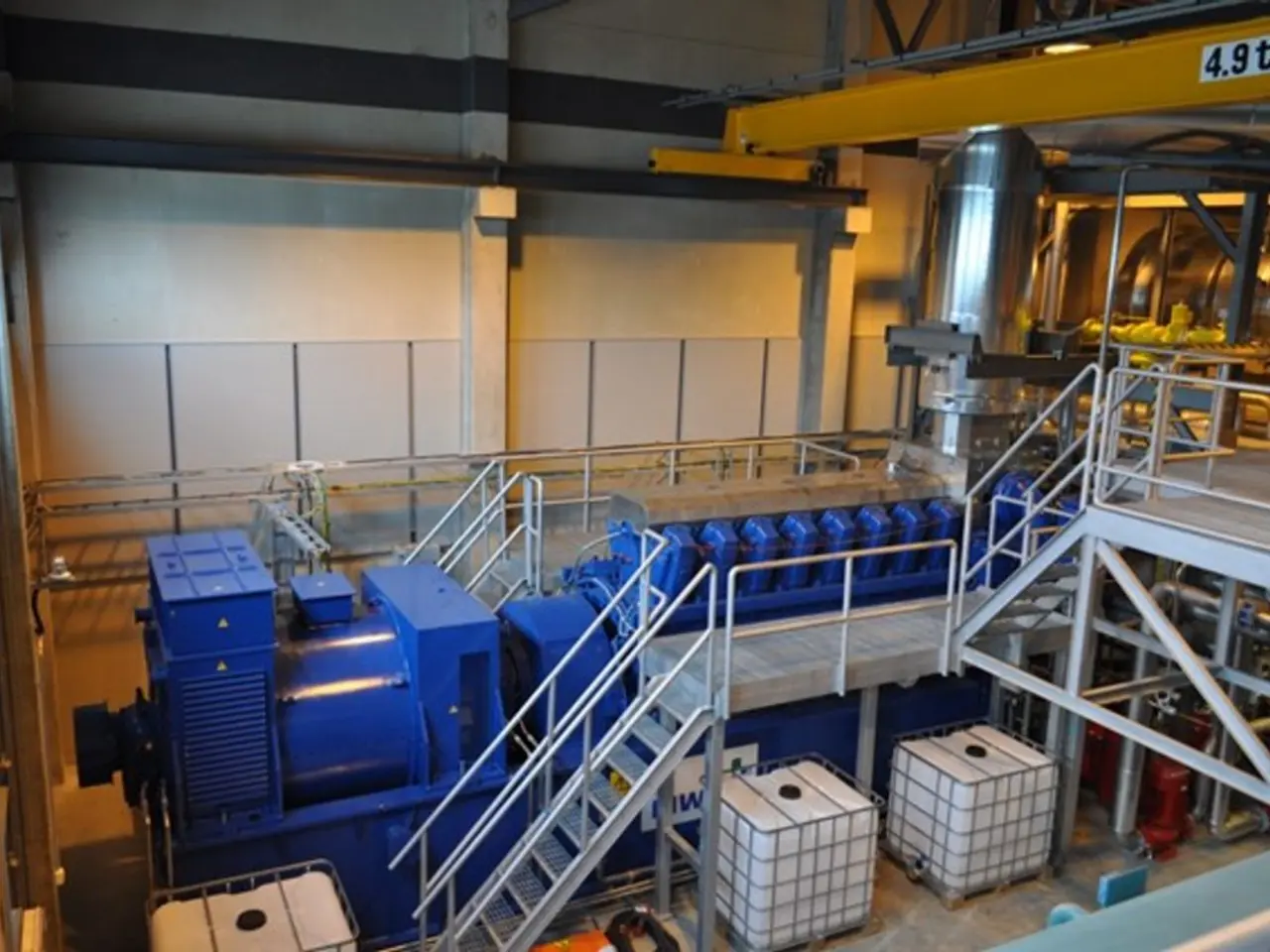Regional Initiative Pursues Comprehensive Logistics Network, With HCM City Taking the Lead
In a significant move, the recently announced administrative merger of Đồng Nai and neighbouring provinces presents an opportunity to establish a unified, synchronised logistics system in the Southeastern Key Economic Region. This strategic plan aims to create an integrated, efficient, and modern logistics network, centred on industrial parks, seaports, and connectivity with neighbouring provinces.
The expansion of industrial parks and modern warehouses will meet both domestic and international market demands, supporting supply chains and manufacturing growth. The development of the Cái Mép-Thị Vải seaport complex, along with Phước An Port and Long Thành International Airport, will act as major logistics nodes, enhancing maritime trade capabilities and integrating with air cargo.
Specialized logistics hubs are planned for strategic locations such as Châu Đức, Tân Uyên, and Long Khánh. These hubs will optimise geographical advantages and improve transport linkages within Đồng Nai and with adjacent provinces like Bình Phước and Bà Rịa–Vũng Tàu.
An integrated free trade zone, spanning approximately 8,200 hectares, is planned to be linked with Long Thành Airport, Phước An Port, and maritime clusters like Cái Mép-Thị Vải. This centralised hub will serve as a hub for logistics, technology, commerce, and innovation.
Infrastructure investments include a 61-km road connecting Mã Đà Bridge to Ho Chi Minh City Ring Road 4 and the Cat Lai Bridge project, aimed at addressing congestion and improving regional traffic flow to boost interconnectivity between Đồng Nai, Ho Chi Minh City, and neighbouring provinces.
The regional integration with Bình Phước is projected to form a powerful "logistics belt" bridging inland production zones with global markets, reducing congestion, and enhancing supply chain fluidity in southern Vietnam.
The administrative merger and simplified procedures are expected to attract substantial foreign direct investment, particularly in manufacturing, high-tech industries, and global supply chains, positioning Đồng Nai as a national model for sustainable, green, and efficient logistics development.
Emphasis is placed on coordinated governance across provinces in the Southeastern Key Economic Region to leverage cross-border trade potential and comprehensive planning for port, logistics, industrial, and urban development sectors.
The southeastern coastal region of Đồng Nai holds potential for marine economy development, spanning from ecological conservation to marine tourism. Cát Lái and the inland container depots (ICDs) act as collection and redistribution hubs within the region.
The Biên Hòa - Vũng Tàu railway, once completed, will serve as a vital artery for container transport from Đông Nai's industrial zones to seaports. Crucial infrastructure projects, such as Ring Road 4, are being deployed to connect Long Thành International Airport with Cái Mép Port.
The corridor between Đồng Nai and Đắk Nông is expected to be a crucial trade axis for agricultural products, construction materials, and industrial goods. Spatial functional zoning may include ecological conservation and tourism areas, aquaculture and seafood processing, port logistics and supporting industries, and luxury coastal urban resorts.
In summary, Đồng Nai’s strategic logistics plan integrates major seaport complexes, airport connectivity, expanded industrial zones, and key transport infrastructure investments to form a cohesive logistics network that strengthens regional economic integration within the Southeastern Key Economic Region and enhances ties to global markets.
- The integrated free trade zone, spanning approximately 8,200 hectares, is planned to be linked with Long Thành Airport, Phước An Port, and maritime clusters like Cái Mép-Thị Vải, aiming to serve as a hub for logistics, technology, commerce, and innovation.
- The development of the river infrastructure, such as the Biên Hòa - Vũng Tàu railway, will pave the way for container transport from Đông Nai's industrial zones to seaports, contributing to the growth of maritime trade capabilities.
- Reducing congestion and enhancing supply chain fluidity in southern Vietnam can potentially be achieved by forming a powerful "logistics belt" bridging inland production zones with global markets, as projected in the regional integration with Bình Phước.
- Emphasis is placed on coordinated governance across provinces in the Southeastern Key Economic Region to leverage cross-border trade potential, integrating businesses, research, and AI to establish an efficient, modern, and unified logistics system in the region.
- The expansion of industrial parks and modern warehouses, along with the development of major logistics nodes like Cái Mép-Thị Vải seaport complex, Phước An Port, and Long Thành International Airport, could open up job opportunities in various sectors, including manufacturing and high-tech industries.
- The administrative merger, accompanied by simplified procedures, is expected to attract substantial foreign direct investment, as Đồng Nai is positioned to become a national model for sustainable, green, and efficient logistics development, emphasizing technology and AI.
- The corridor between Đòng Nai and Đắk Nông showcases the potential for diverse economic activity, from agricultural products and construction materials to luxury coastal urban resorts and ecotourism, shaping the region's energy and environmental landscape.






